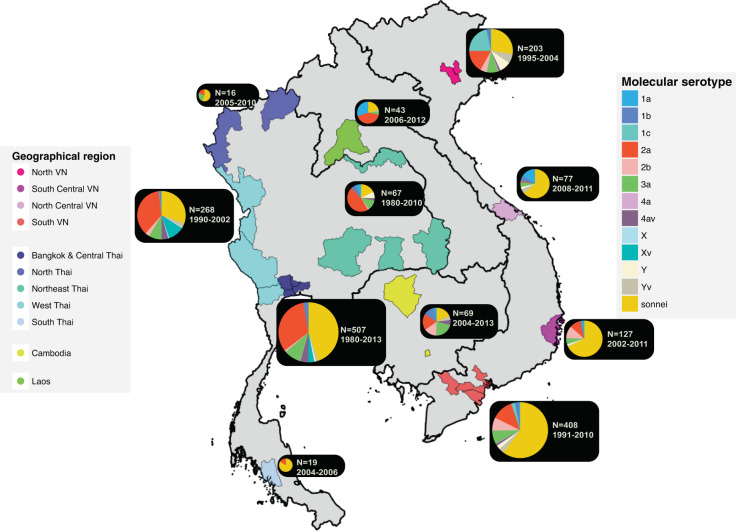Fig. 1. Overview of Southeast Asian Shigella genome sequences used in this study.
The figure displays a map of the four Southeast Asian countries where the Shigella samples originated (Thailand, Cambodia, Laos, Vietnam). Cities/provinces with collected Shigella sequences are highlighted with respect to the country’s geographical divisions, except for Laos (where the capital, Vientiane, is highlighted to represent Lao isolates). These regions include Bangkok and Central Thailand (Bangkok, Nonthaburi, Samut Sakhon, Nakhon Pathom), North Thailand (Chiang Rai, Mae Hong Son), Northeast Thailand (Nong Khai, Ubon Ratchathani, Surin, Nakhon Ratchasima), West Thailand (Tak, Kanchanaburi, Ratchaburi), South Thailand (Trang), Cambodia (Phnom Penh, Siem Reap), North Vietnam (Hanoi), North Central Vietnam (Hue), South Central Vietnam (Khanh Hoa), South Vietnam (Ho Chi Minh City, Dong Thap, Tien Giang, and Ben Tre). The pie charts show the proportion of all Shigella molecular serotypes, as assessed by genomic analysis (see Methods), identified from the corresponding region (see key). The size of pie charts is proportional to the total number of isolates sequenced in the region. This is accompanied by a year range indicating the duration of sampling. The four countries’ administrative maps (accessed via http://www.diva-gis.org/gdata) were merged to create a map of Southeast Asia, using QGIS v2.6.

